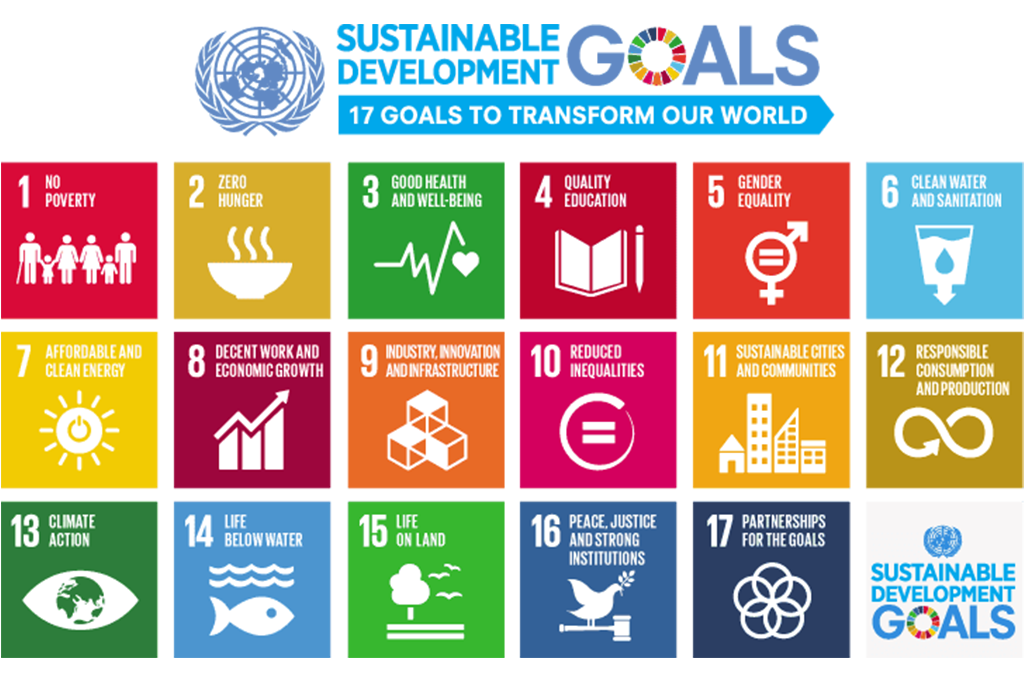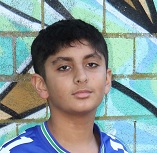Om Sanan Water Desalination October 15, 2024
Research Project and Specific Role: My research with the National Renewable Energy Laboratory (NREL) focused on optimizing the integration of renewable energy sources to reduce the costs and carbon emissions of water desalination. Using advanced AI/ML models, I analyzed five years of hourly data from four U.S. desalination plants and 20 years of historical weather records to forecast energy demand and renewable energy potential. This analysis identified the ideal combination of renewable energy sources, such as solar PV, CSP, wind, and small hydro, alongside battery storage systems tailored to local environmental conditions. We created a robust automated energy management system for improving the efficiency of desalination plants, potentially applicable worldwide. My optimization algorithms demonstrated that hybrid renewable systems could mitigate intermittency, significantly reducing emissions and operational costs, thus making desalination more sustainable. Video file link is attached: https://youtu.be/X49EERxQhLI
As the primary researcher and first author, I defined the scope and objectives of the project, a process that required 5–6 iterations to finalize. My contributions included conducting a literature review, formulating methodologies, developing AI models like SARIMA, Random Forest, XGBoost, and Gradient Boosting for weather and energy demand forecasting, and implementing optimization algorithms like Particle Swarm Optimization and Non-Dominated Sorting Genetic Algorithm. I processed large datasets, identified outliers, and structured the data for analysis, ensuring its accuracy for model training. This work culminated in four first-author papers presented at leading conferences, including IEEE MIT URTC, IEEE SusTech, JSHS, EuroMed in Egypt, and the International Desalination & Reuse Association (IDRA) Congress in Abu Dhabi.
Recently, I proposed a 5th paper to NREL, expanding our research to demand-side management for flexible desalination. These efforts led to additional research with CSU/EPRI on digital twins for urban water systems (DOE-funded) and MIT GEAR lab— motivating me to create impactful innovation.
How I Became Involved in This Research Project: By 10th grade, I had read 200+ research papers on water treatment technologies, with a specific focus on desalination. During one such deep dive, I noticed an error in a highly influential paper published by the National Renewable Energy Laboratory (NREL): a large desalination plant’s capacity was reported as 12 million cubic meters per day instead of 12 million gallons per day. Intrigued, I contacted the authors, including Dr. Joshua Sperling, pointing out the discrepancy. This sparked a series of conversations where I shared my insights from visiting 12+ water treatment plants and my experience with programming and AI/ML models.
Recognizing my enthusiasm and technical expertise, Dr. Sperling and his colleague David Greene offered to mentor me on an in-depth research project at NREL. Although the lab typically limits interns to college students, they made an exception, allowing me, at age 15, to join their team. This mentorship provided hands-on experience and access to advanced research methods in sustainable water treatment.









